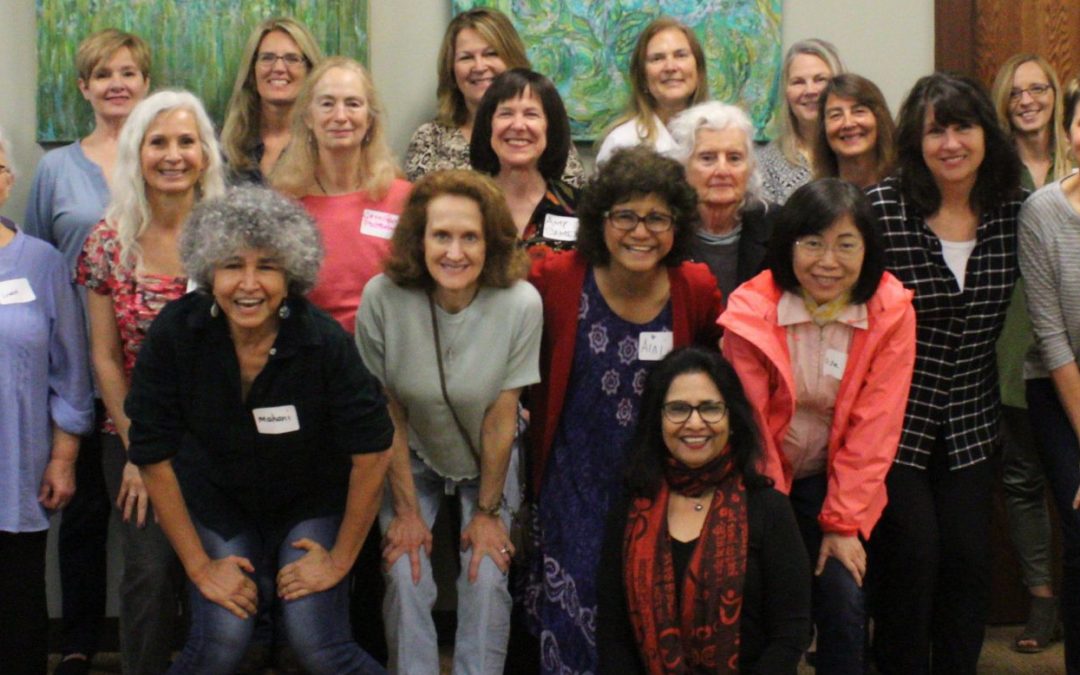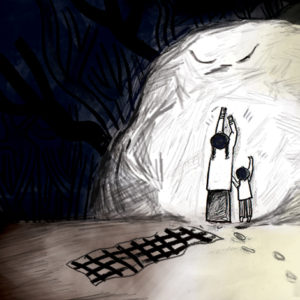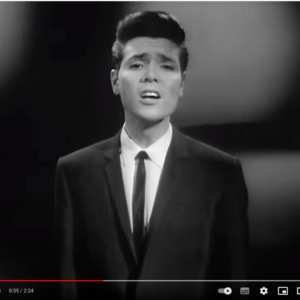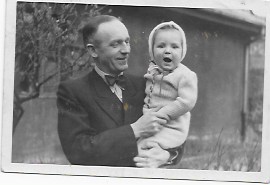When we share stories our brains sync and minds meld, we produce the good stuff our body needs. Here’s how sharing stories boost your brain, especially after 50.
when your brain hears blah blah blah

When you read or listen to facts, or watch a PowerPoint presentation, the language processing parts of your brain is activated. Your brain automatically decodes the words into meaning. That’s it. Not much else happens.
but when you hear a story…

But when you hear a story, in addition to the language processing areas, parts which receive and process sensory information like sight, touch, taste, smell, and hearing, and parts which activate motor movements, and emotions, are triggered.
In other words, the parts of our brains we use when we are experiencing events triggers as if we “experience” the event in the story. If we hear a story about a sumptuous dinner, the part in our brain that processes taste starts to “taste” the food. When we hear how someone escapes from giant meat-eating lizards our motor cortex becomes active; we “experience” the act of running.
Depending on the story, multiple regions in our brain work together to build rich images and emotional responses. A story lights up our whole brain.
and we sync up
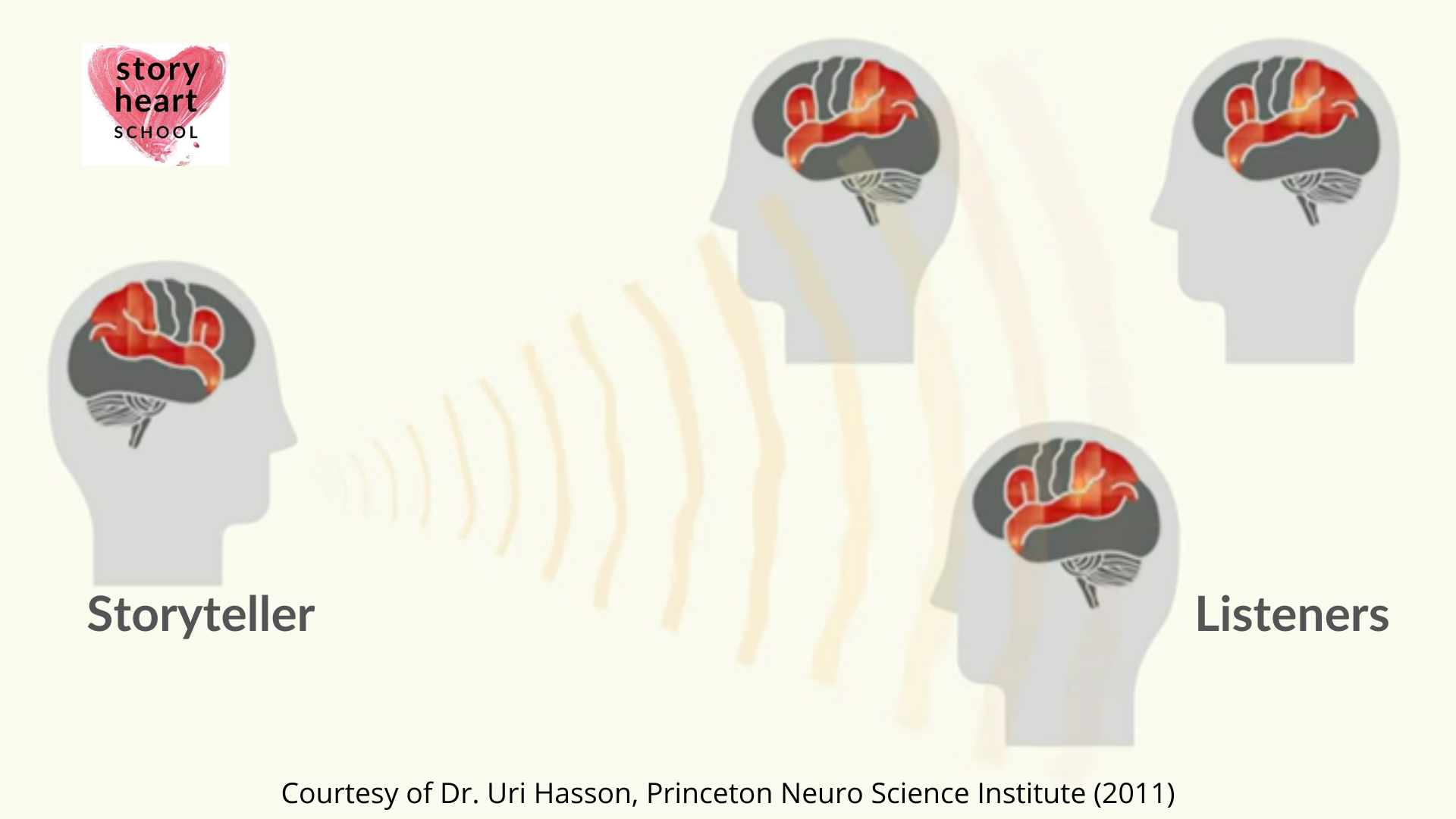
Not only that, the brains of the storyteller and the listener, can synchronize, says Uri Hasson, a neuroscientist from Princeton University. In an experiment led by Hasson, a woman tells a story while in an MRI scanner. The scanner detects brain activity by monitoring blood flow to her brain. When the blood flows to the areas, they light up on a computer screen. A group of volunteers listens to the stories through headphones, while their brains are also scanned.
When the woman spoke, the volunteer’s brains synchronized with her. When she had activity in her emotional brain region, the listeners did too. When her frontal cortex lit up, so did theirs. Hasson found that the more the listeners understood the story, the more their brain activity mirrored the storyteller’s.
so what if our brains sync and our minds meld?
After fifty, unless we go out of our way to maintain relationships or form new acquaintances, we become isolated. By sharing stories either with old friends or new, we form connections. We create a shared understanding and increased intimacy. Sharing stories triggers brain chemicals for social bonding. We gain trust. We form communities.
In an article in Psychology Today, Lissa Rankin M.D., said, “every time you tell your story and someone else who cares bears witness to it, you turn off the body’s stress responses, flipping off toxic stress hormones like cortisol and flipping on relaxation responses that release healing hormones like oxytocin, dopamine, and endorphins.” She adds that “this turn on the body’s innate self-repair mechanisms and function as preventative medicine—or treatment if you’re sick.´Dr. Rankin also believes that stories relaxes your nervous system and helps heal your mind of depression, anxiety, fear, anger, and feelings of disconnection.
there’s more…
A study by St. Catherine’s University; “The Effects Of Storytelling On Happiness And Resilience In Older Adults,” concluded that finding meaning and maintaining a sense of purpose can be vital to aging well. The study suggested that telling stories about our lives helps us find moments of wholeness from our past. We can use these states of grace to create meaning in our present, which in turn, may create a more positive future. When we learn to find meaning from our life stories, we develop a perspective on aging. We view ourselves as having progressed toward a pearl of mature wisdom. This brings an increase in confidence and wellbeing.
Sharing stories is fun and is good for our brains. How often do you share stories? Who do you share your stories with?

